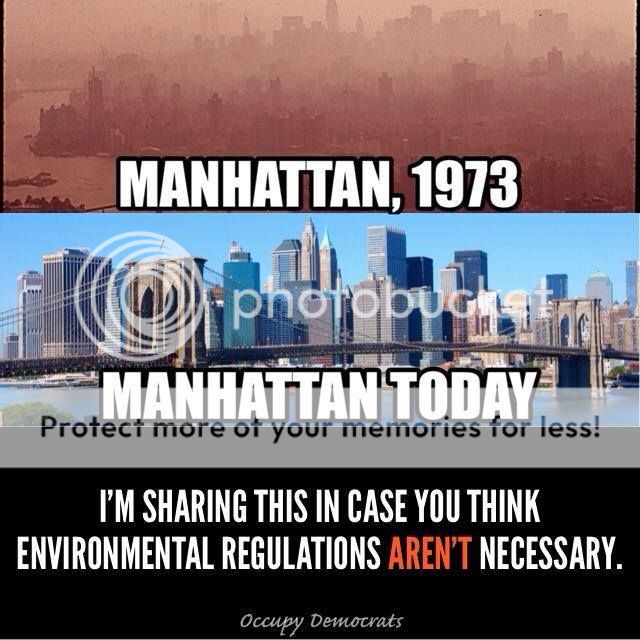- Apr 5, 2010
- 81,813
- 33,334
- 2,300
I have helped write environmental impact statements, and they have bulked up to the point of being useless. They are filled with standard reviews with standard results, and make projects take way too much time to get off the ground.
And larger ships are more efficient usually, meaning for a given amount of cargo you need less ships, plus more room usually equals less waiting for space to traverse a location, thus less ship idling.
Environmental Impact statements were not supposed to be catch alls, they were supposed to look at direct impacts. BANANA's such as yourself use them to STOP progress, not regulate it.
No doubt YOUR environmental impact statements have been useless. Larger ships are not necessarily more efficient, and are with a doubt more destructive if a spill occurs.
YOU are the type of person that stops anything from getting done.
And my work is fine, its uneducated obstructionists such as yourself that think the goal of an EIS is to prevent work from happening, not to make sure it's done right.
I am the type of person who wants to ensure that projects are done right.
By not being done at all. You don't need a 5000 page EIS that goes into impacts on existing historical structures (when none are actually impacted) to raise a freaking bridge.
It is clear that you don't know what you are talking about. The Louisville East End Bridge across the Ohio River being built today was going to impact historical structures, and they had to place part of the expressway leading up to it inside a tunnel to mitigate impacts to those historical properties.
The article I listed gave a specific case of the bayonne bridge, not the bridge you referenced. But according to your "logic" if its needed for one bridge, its needed for all bridges. Again, THAT is the problem I am talking about, and THAT is what creates a 5000 page EIS.
